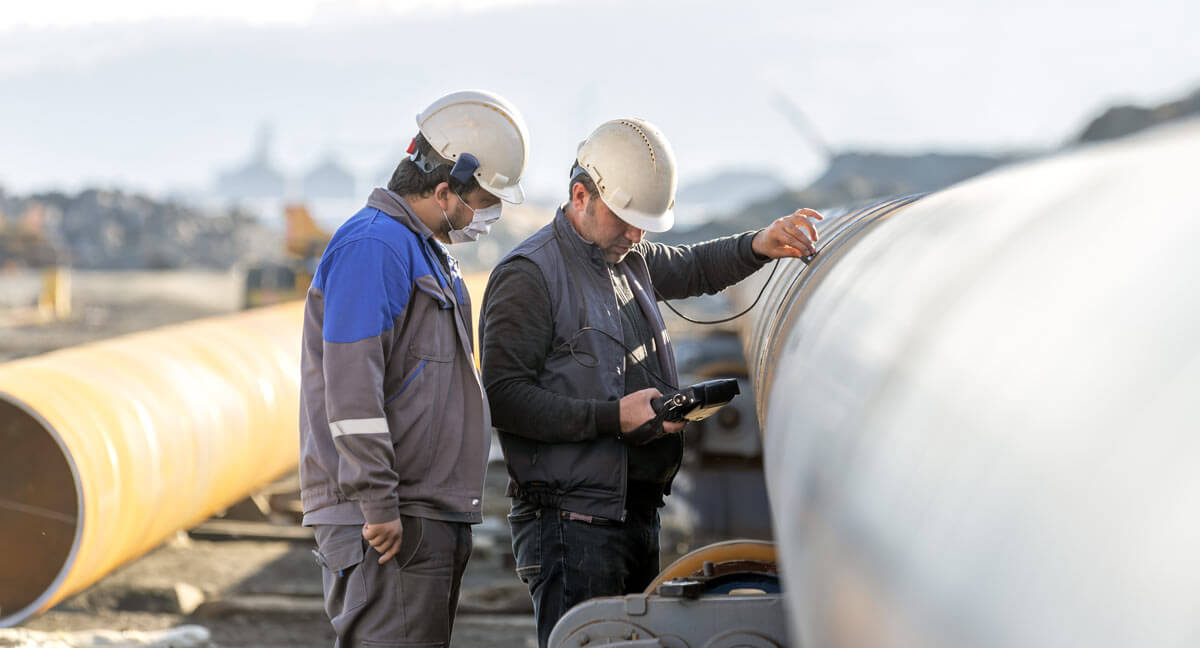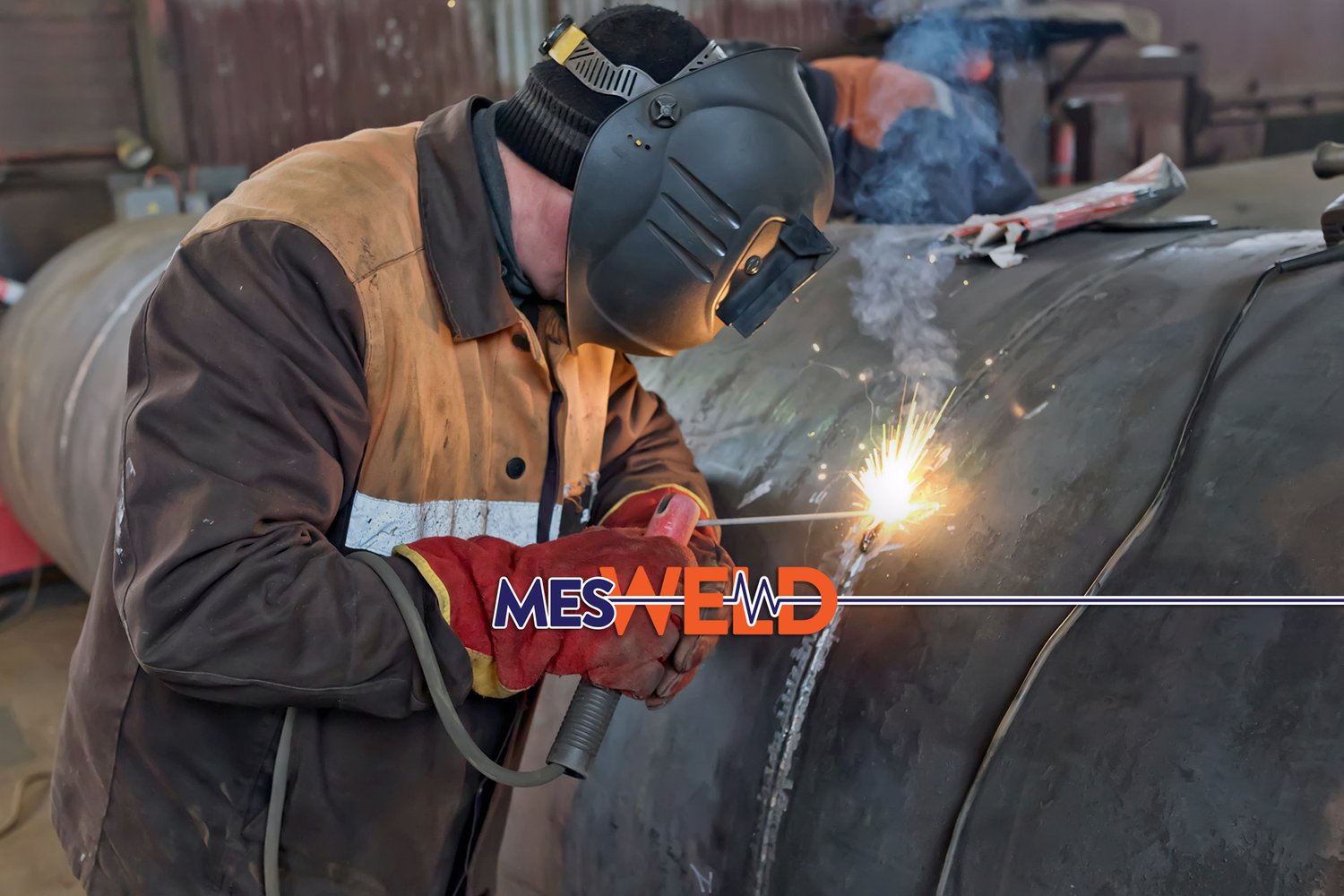Recognizing the Significance of Welding Examination in Ensuring Structural Stability
Welding examination plays a pivotal duty in preserving structural stability within the construction industry, acting as a vital guard against potential failures. By methodically identifying usual defects-- such as porosity and incomplete combination-- assessments not just promote high quality criteria yet additionally make sure compliance with safety and security policies. The implications of ignoring this necessary procedure expand beyond immediate safety and security issues, influencing both the longevity of structures and the general track record of companies. As we discover the various examination techniques and their advantages, the question arises: what are the true prices of overlooking this vital aspect of building?
Duty of Welding in Building And Construction

Along with structural applications, welding is integral in the fabrication of both intricate and massive components. It permits the modification of parts, allowing architects and engineers to bring their designs to fruition. The flexibility of welding methods, consisting of MIG, TIG, and arc welding, enables the reliable joining of different products and thicknesses, accommodating particular job requirements.
In addition, the innovation of welding technologies has actually caused enhanced performance and accuracy in building and construction processes. Automated welding systems enhance productivity while minimizing human error, consequently promoting greater top quality end results. The role of welding in building and construction extends past simple setting up; it is a crucial aspect in making certain the security, durability, and total honesty of frameworks, highlighting its significance in the modern-day construction landscape.
Common Welding Problems
The honesty of welded structures is significantly affected by the visibility of flaws that can compromise their efficiency and security. Typical welding flaws include porosity, insufficient blend, undercutting, and slag inclusions, each of which can badly affect the total toughness and durability of bonded joints.
Porosity happens when gas bubbles are caught in the weld steel, causing lowered tensile toughness. Insufficient combination emerges when the weld metal does not properly bond with the base metal, resulting in weak joints prone to failing. Damaging, a groove that develops at the side of the weld, can minimize the reliable cross-sectional location, enhancing the danger of crack. Slag inclusions take place when non-metallic products become entraped in the weld, leading to tension concentration points that might initiate fractures.
Other flaws, such as too much spatter and misalignment, can likewise add to architectural weaknesses. Identifying and dealing with these flaws throughout the welding process is important to make sure the dependability of the last framework. Recognition of these typical welding problems is essential for engineers and assessors to preserve the integrity of welded frameworks and make certain long-lasting security and efficiency.
Benefits of Welding Assessment
Making certain the integrity of bonded frameworks relies greatly on the efficiency of welding evaluation processes. The main benefit of welding assessment is the very early detection of possible defects, which can substantially minimize the danger of disastrous failures. By identifying problems such as cracks, incomplete blend, or porosity prior to they rise, inspection processes aid maintain the safety and security and reliability of structures.
In addition, welding examination improves conformity with industry criteria and policies. Complying with these demands is essential for making certain and preventing lawful repercussions that projects meet essential safety methods. This compliance likewise promotes a society of quality assurance, promoting best methods amongst welding personnel.
Furthermore, regular examination can cause set you back savings gradually. By reducing the possibility of rework or repair work as a result of welding defects, organizations can allot resources a lot more successfully, ultimately enhancing efficiency.

Evaluation Strategies and Requirements
Efficient examination techniques and requirements are vital components of keeping the stability of bonded frameworks. Common inspection strategies consist of visual inspection, ultrasonic testing, radiographic testing, and magnetic bit screening.
Visual examination is commonly the primary step, enabling inspectors to determine surface area defects such as splits or improper grain shapes. Ultrasonic screening employs high-frequency audio waves to discover internal flaws, while radiographic testing makes use of X-rays or gamma rays to reveal hidden disparities within the weld. Magnetic fragment testing is effective for identifying surface area and near-surface issues in ferromagnetic products.
Requirements play an essential function in directing these examination procedures, with companies such as the American Welding Culture (AWS) and the International Organization for Standardization (ISO) offering thorough guidelines. Compliance with these criteria not only makes sure the top quality of welds yet likewise fosters depend on among stakeholders in the architectural integrity of the ended up item. Following well established examination strategies and requirements is essential to achieving reputable and lasting welded frameworks.
Regulatory Compliance and Safety
Regulative compliance is crucial for securing the security and stability of bonded structures. Complying with established codes and criteria, such as those set by the American Welding Culture (AWS) and the American National Requirement Institute (ANSI), guarantees that welding practices fulfill strict safety and top quality requirements. These laws are developed to stop failures that could result in tragic incidents, injuries, or loss of life.
Conformity with these laws entails routine examinations and assessments throughout the welding procedure. Qualified assessors review welds for adherence, top quality, and stamina to specifications, making certain that any inconsistencies are quickly dealt with. This positive technique not only boosts the structural stability of bonded components but additionally reduces threats connected with non-compliance.
Additionally, governing bodies often need documentation of examinations and conformity records, which act as lawful evidence of adherence to safety and security criteria. Companies that prioritize regulative conformity not only safeguard their workforce and clients but additionally improve their reputation within the market. Eventually, understanding and implementing these regulations is critical for any organization intending to keep high safety and security criteria and accomplish long-term operational success in welding techniques.
Final Thought
In conclusion, welding examination plays an important function in maintaining architectural stability within the construction industry. Inevitably, a commitment you can try here to strenuous welding evaluation is crucial for guarding both the labor force and the integrity of created structures.
The versatility of welding methods, including MIG, TIG, and arc welding, permits for the effective joining of different materials and thicknesses, providing to specific see this website job demands.
Ensuring the integrity of bonded frameworks relies heavily on the efficiency of welding evaluation procedures (Welding Inspection Milwaukee). In summary, the benefits of welding inspection are diverse, critical for guaranteeing architectural honesty and operational quality

Sticking to well-known codes and standards, such as those established by the American Welding Culture (AWS) and the American National Standards Institute (ANSI), ensures that welding methods fulfill rigid safety and high quality needs. Eventually, a commitment to strenuous welding evaluation is vital for protecting both the labor force and the stability of constructed frameworks.
Comments on “Top Advantages of Trustworthy Welding Inspection Milwaukee in Construction”